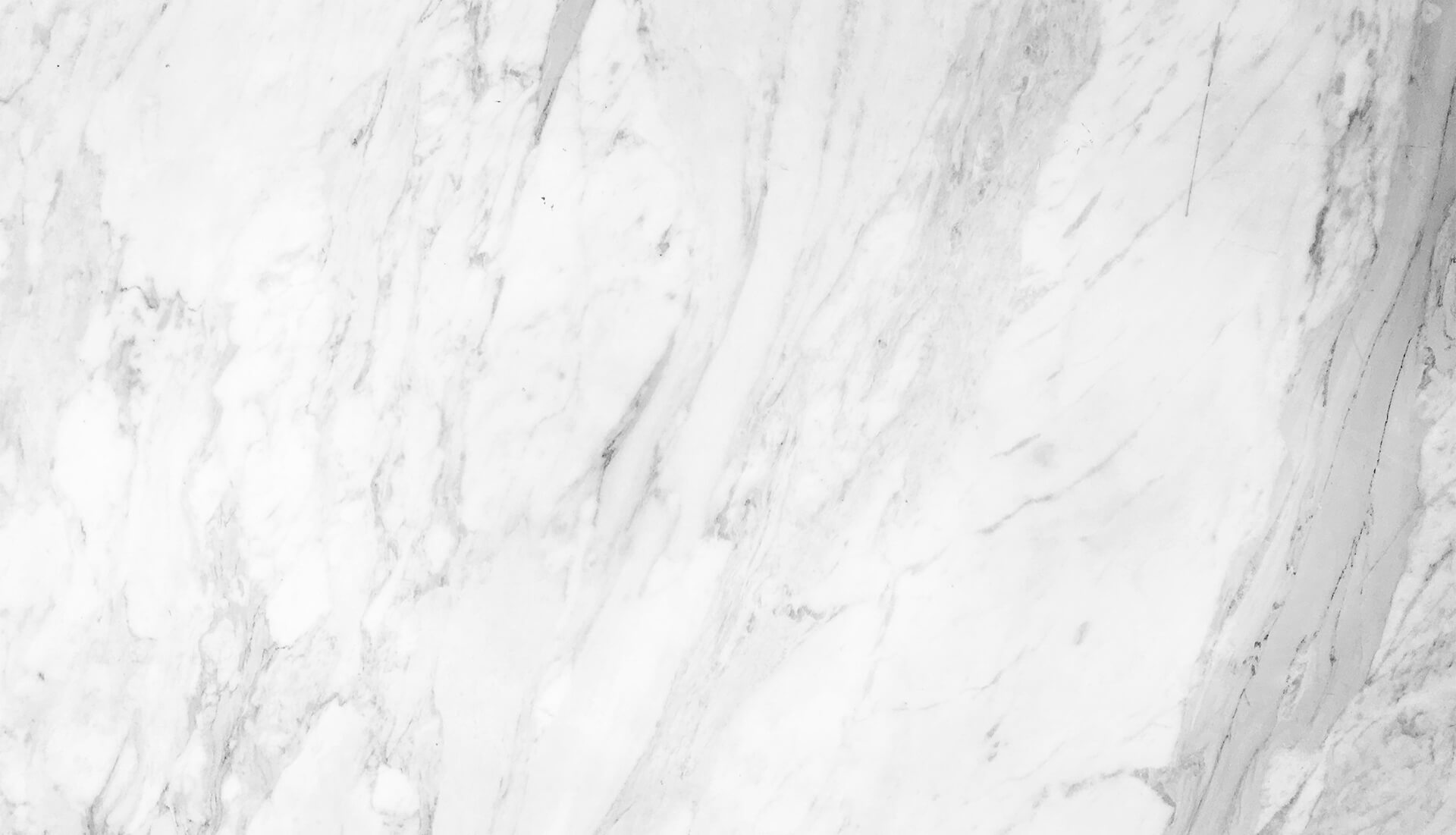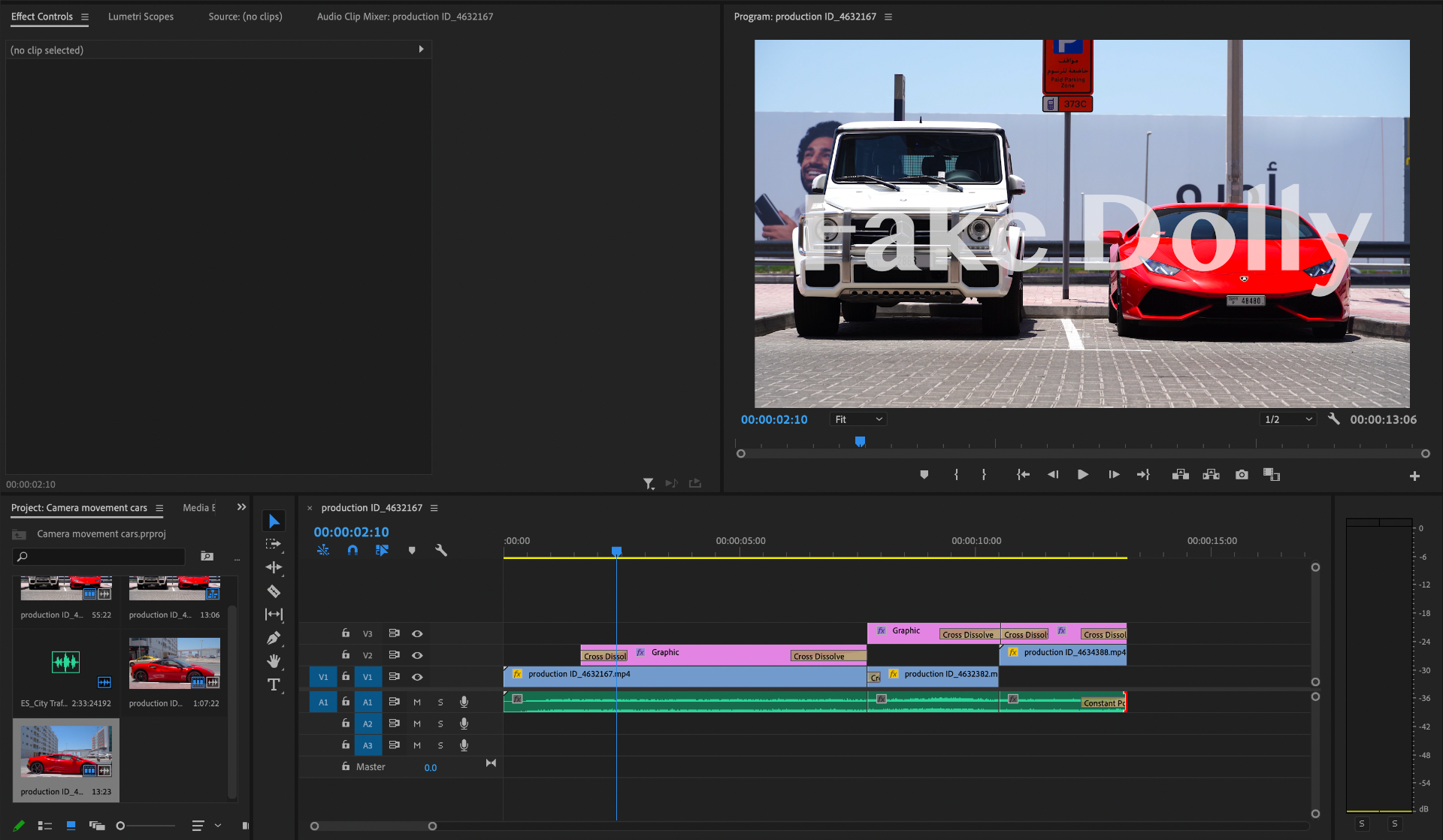
Camera
Camera Angles
Types of Shots
Establishing Shots

Establishing shots are used to introduce the scene and tells the viewer when are where the action is happening. They may use famous landmarks to indicate the city where the scene is set. It could also show the outside of a building at night and then cut to a interior shot of people indicating the conversation is happening at that same time of the day.
Medium Close Shot
Medium Full
Full Shot
Medium shots frame the subject from their head to hip. You should be able to see their facial expressions and some of the background. These types of shots can also be called cowboy shots.
Medium full shots are from the knees up. They capture body language and emotion, they frame multiple subjects and they show the character and setting.
Full Shots is a angle that captures the subjects whole body head to toe is in frame. From this you can analyse body language and actions while also being able to see their facial features.
Extreme Close-Up
Close-Up
Medium Close-Up
Extreme Close-Ups are used mainly of just someones eyes or lips. Can be used when someone is sad or talking to see their exact features.
Close-Ups are used when showing someones whole face usually them witnessing or showing a strong emotion
Medium Close-Ups are used when someone is leaning in a table or holding a coffee
Dutch Angle
Low Angle
High Angle
Dutch Angles are used to make things feel unbalanced or tilted. An example is when a character feels dizzy or falling over the camera will tilt with the fall.
Low Angles are used to highlight power dynamics between characters. An important character with an advantage is normally captured from down low.
High Angles are used to create the feeling of a downfall of a character, to create a narrative, or to emotionally drive you through a scene (e.g. to make you feel uneasy). The shot can be looking straight down or from a slight angle.
Camera Movement
15-10-21
In this lesson we learnt about different camera movements, this is good when it comes towards time to film our 'how to' video and future videography. We also learnt how to fake these movements on Adobe Premier Pro using the scale and positioning effects. i also added audio of the website https://www.epidemicsound.com/sound-effects/ambience/ and inserted text explaining what camera movement is being presented.

